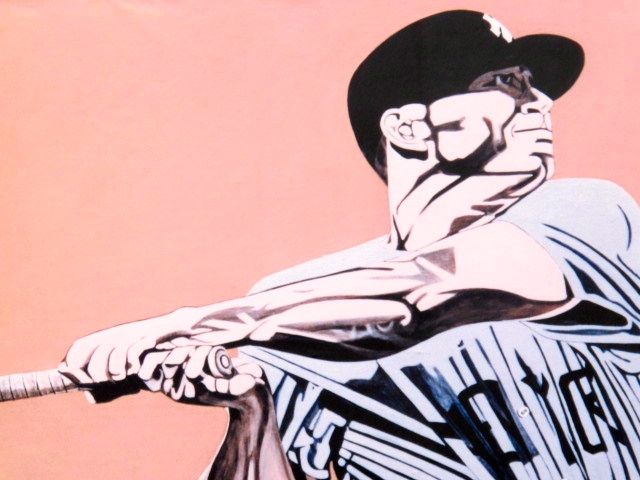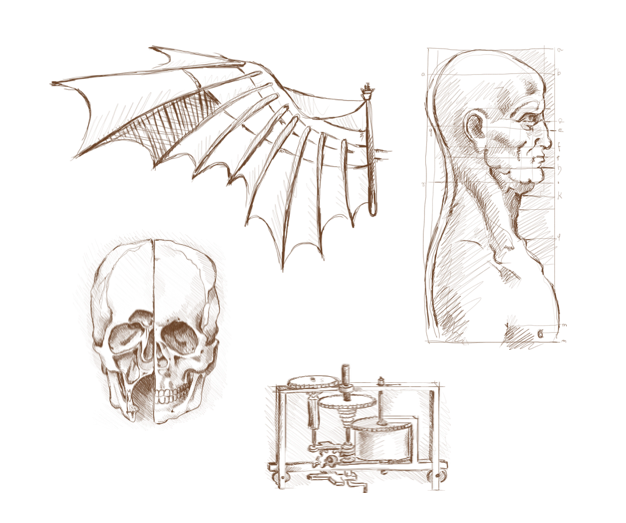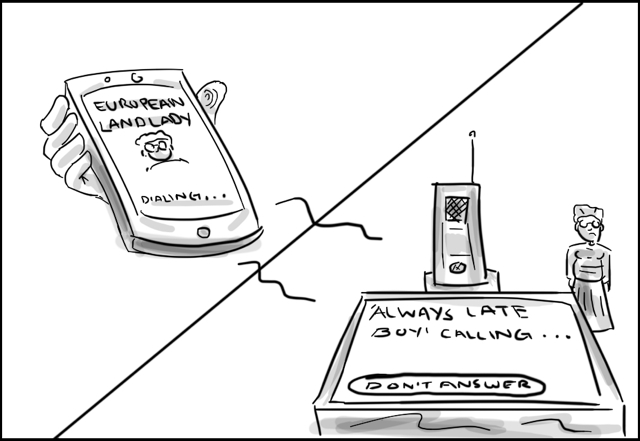Customer Detective Sketching
As you think about creating your venture, one of the most useful things you can do is to quietly watch potential customers go about the tasks most relevant to your product or service. You will likely see things in a different way – and escape some of your biases – if you are hands-on, yet avoid words, in your initial customer detective work.
Gathering Customer Clues
A. Regardless of your drawing ability, try to capture noteworthy customer moments in a chronological storyboard. Just quickly sketch what you are seeing. ** Remember this is about what you are actually witnessing from watching your customers. This is a way of capturing data that is not filtered through your written interpretation. This is Not about sketching out the ideal scenario that matches your venture vision. What can these slices of customer observation teach you as you go about building your business. **
B. If you’re a crackerjack da Vinciesque sketcher, then these might be all you need. If – like many of us – these first sketches look like mess, then try to refine them into recognizable shapes, without adding any superfluous interpretation.
C. Try showing these drawings to random others – without any explanation – and ask them to describe or tell the story of what they see in the scenes. Write down their observations without interjecting or adding your own input.
D. Identify key themes or details that are coming out from these viewing others. What are some common observations or emotions that you are hearing across a variety of people?
E. Finally, using the input from others along with your own observations: what can you learn from this customer detective work that will help you in designing the details of your product or service? What seems to matter to customers? What frustrates or delights them? What is missing in their current customer experience?
A Sample Case
i. Below, you’ll find a sample Customer Detective Storyboard. Describe what you see in each frame or write a descriptive story – based on what you observe in the storyboard – that takes you from the first to the last frame.
ii. Key Customer Clues- summarize what you see as the most important elements from your frame by frame descriptions
iii. Finally: brainstorm a product – one that is practical and has a solid chance of being profitable – that addresses the key emotions/problems you have observed here.
Don’t go for the ‘obvious’ answer here. If it was obvious, everyone would be using one already. Look for important subtleties to address with your product. Why would people spend money on this product?
Your Customer Detective Sketch
Follow the Gathering Customer Clues instructions above as you do your own customer sketch.












